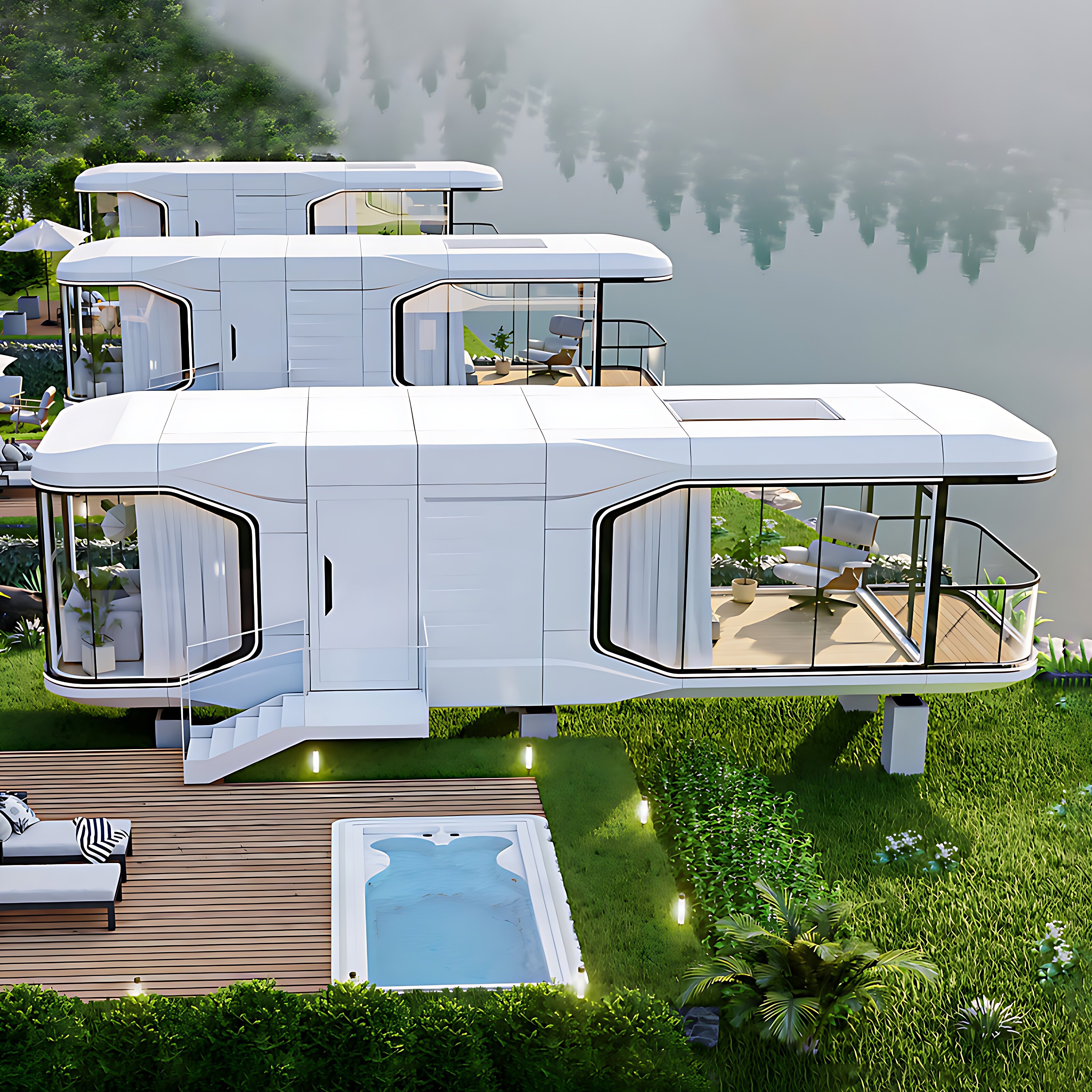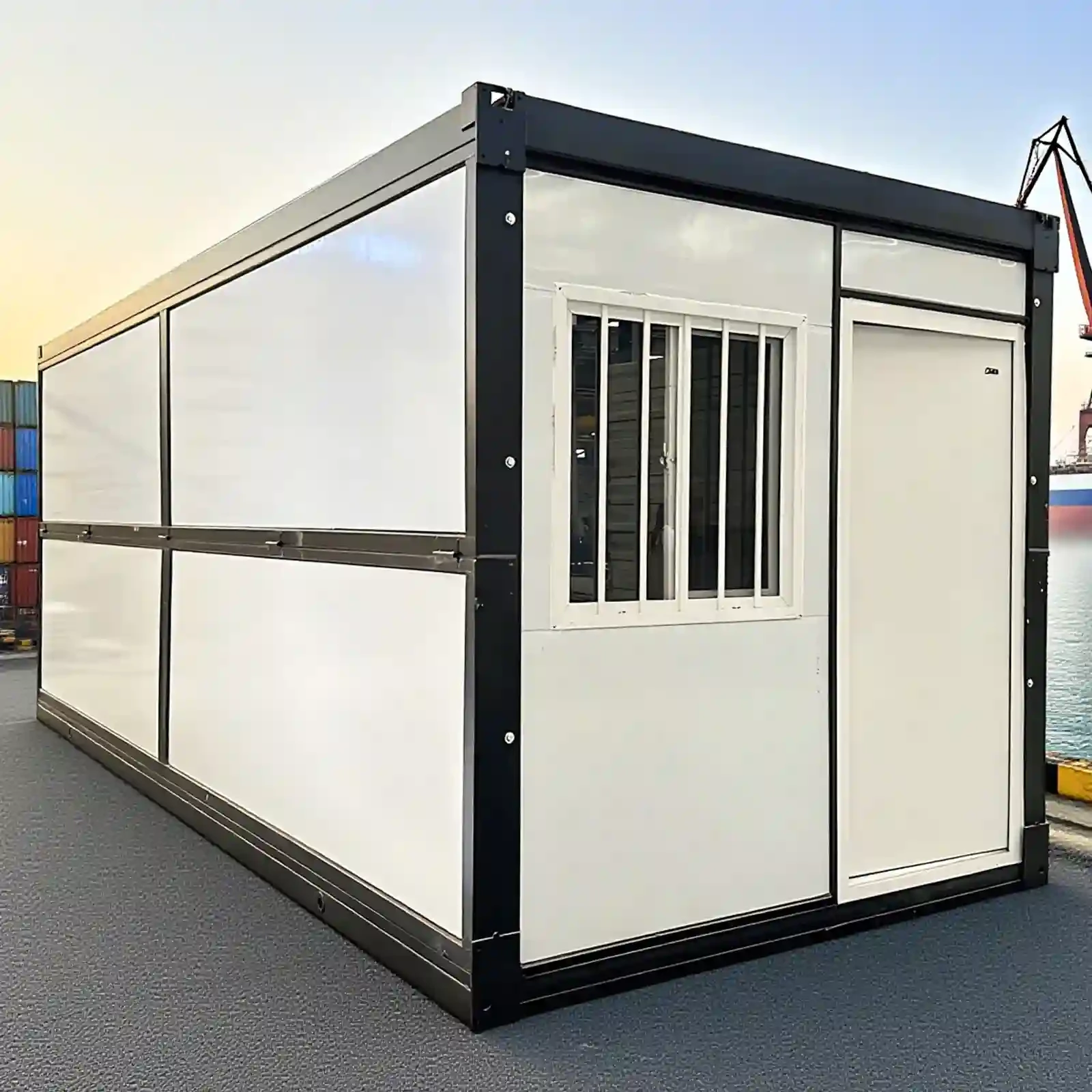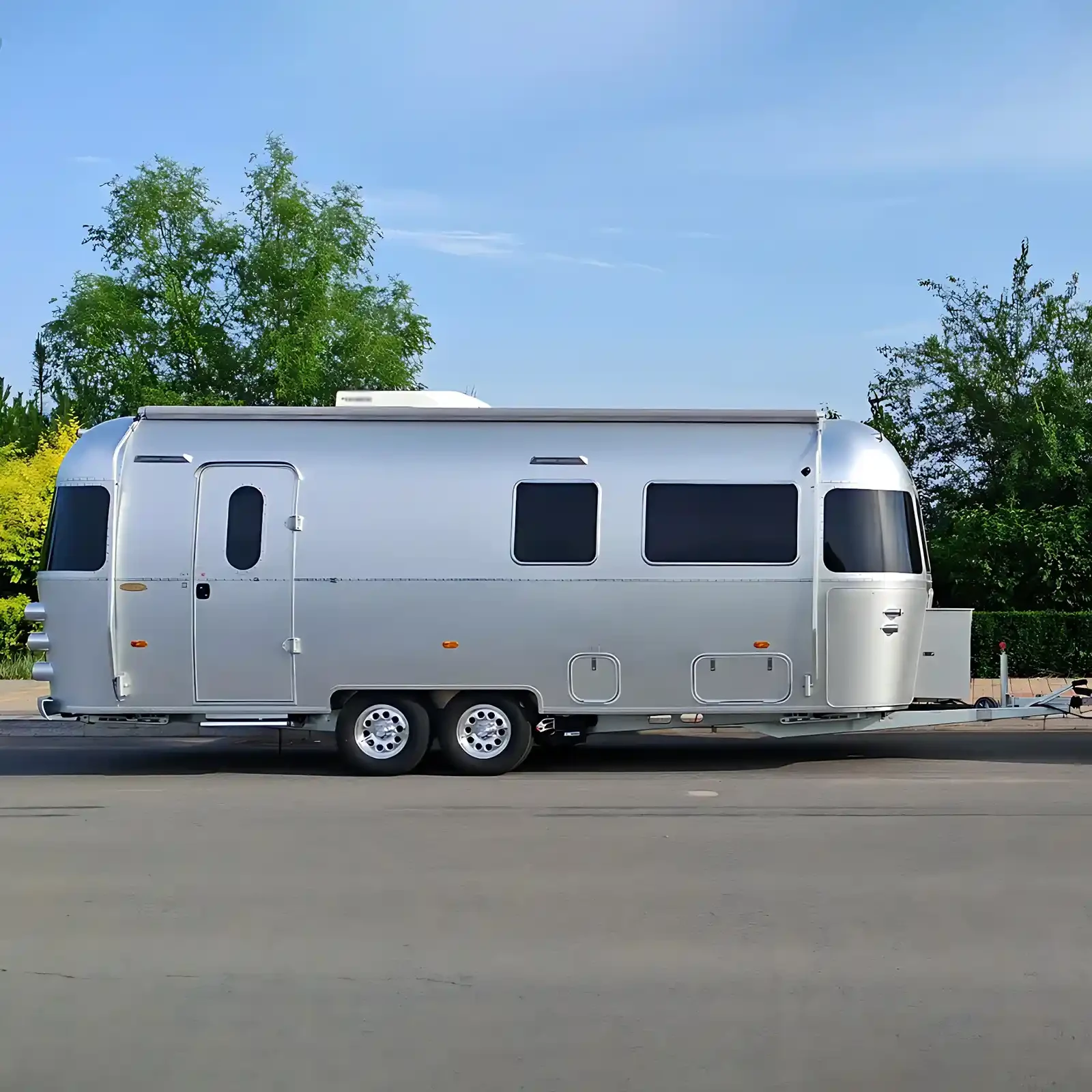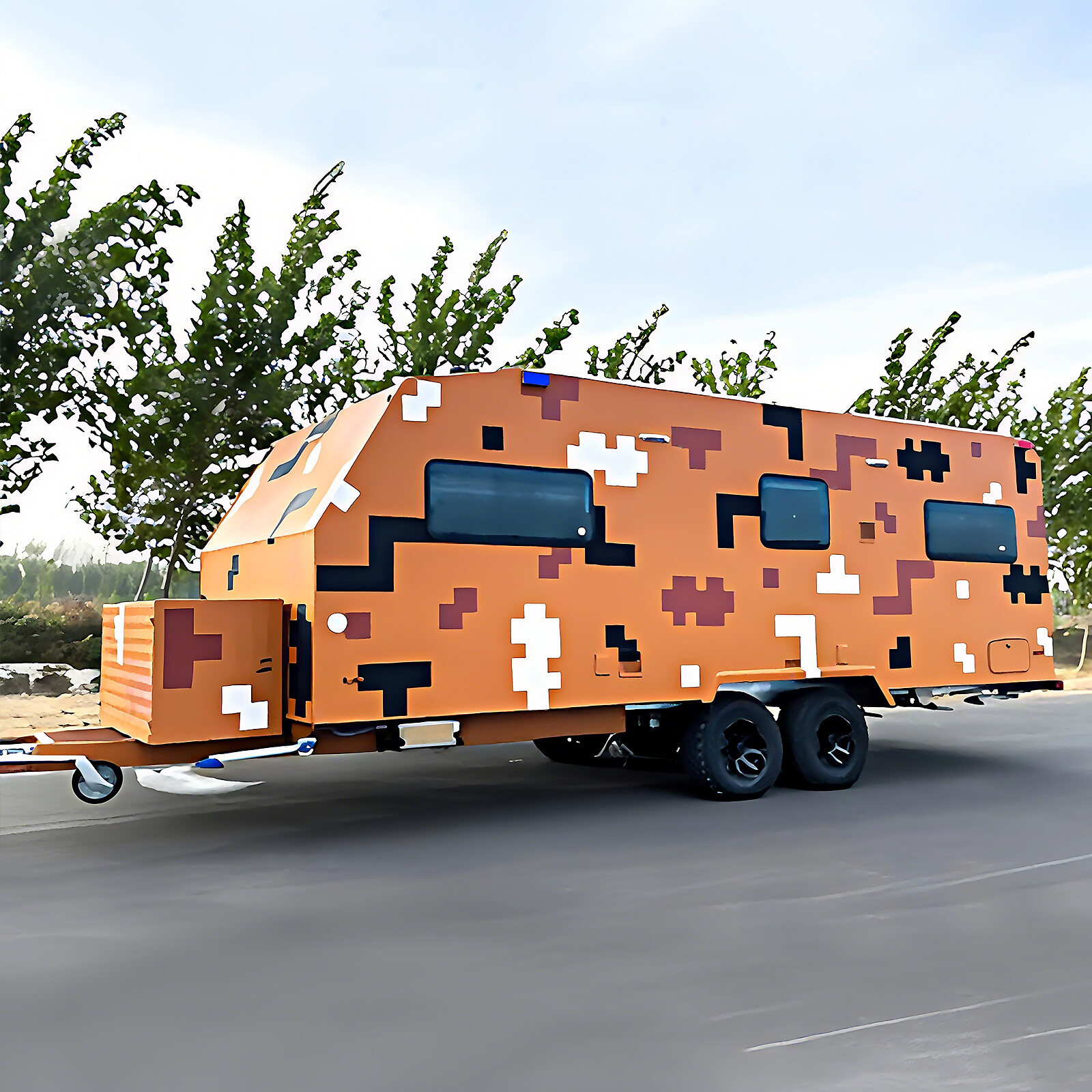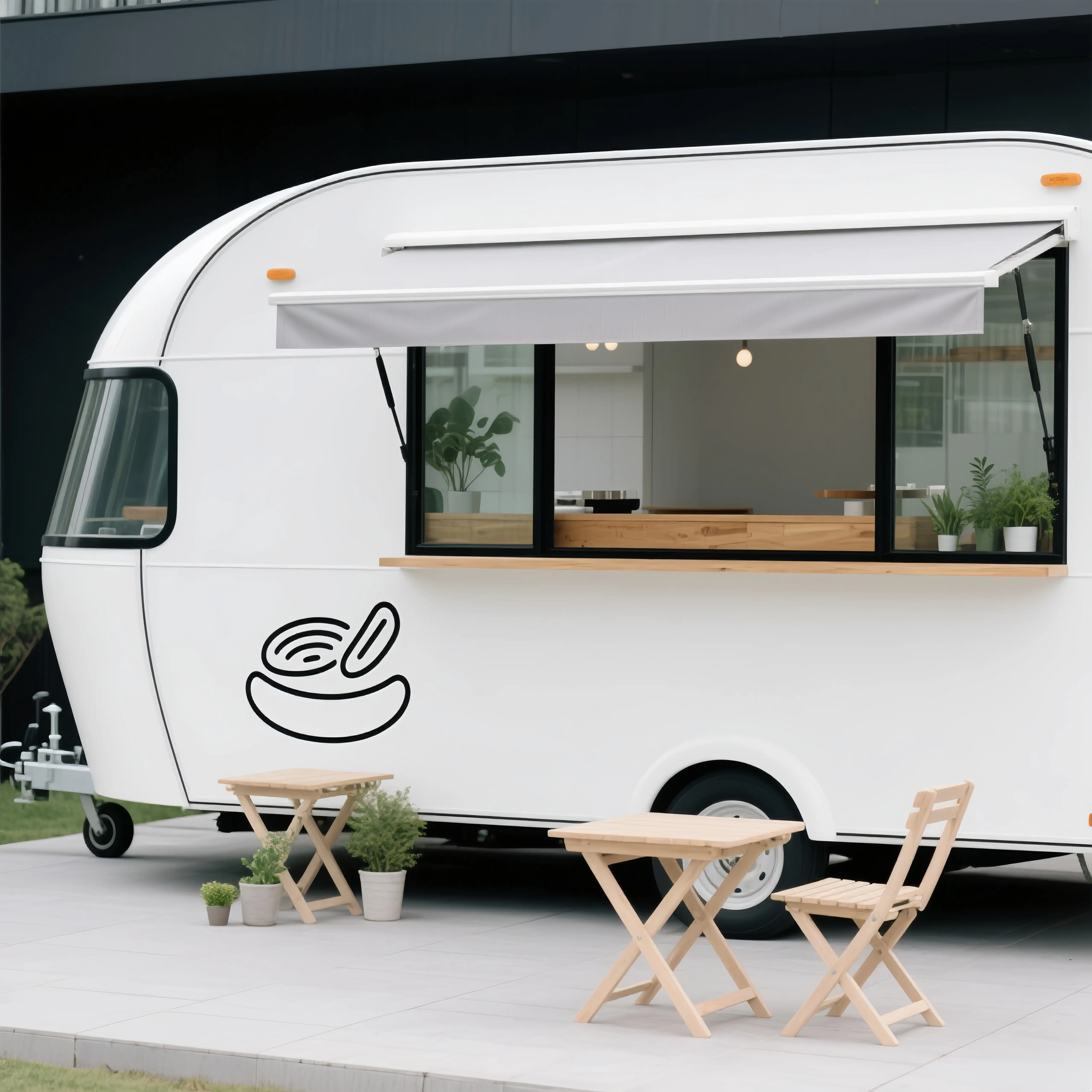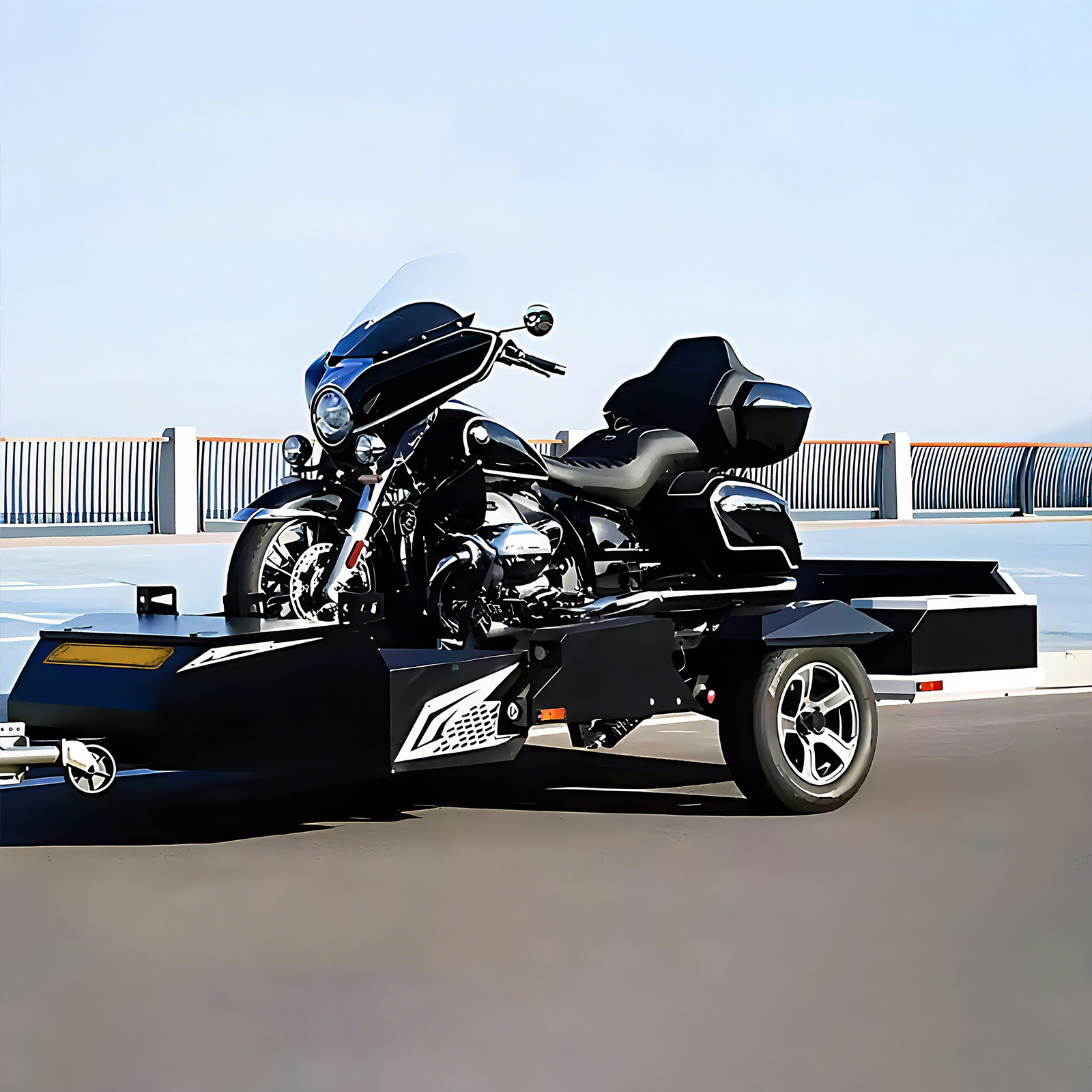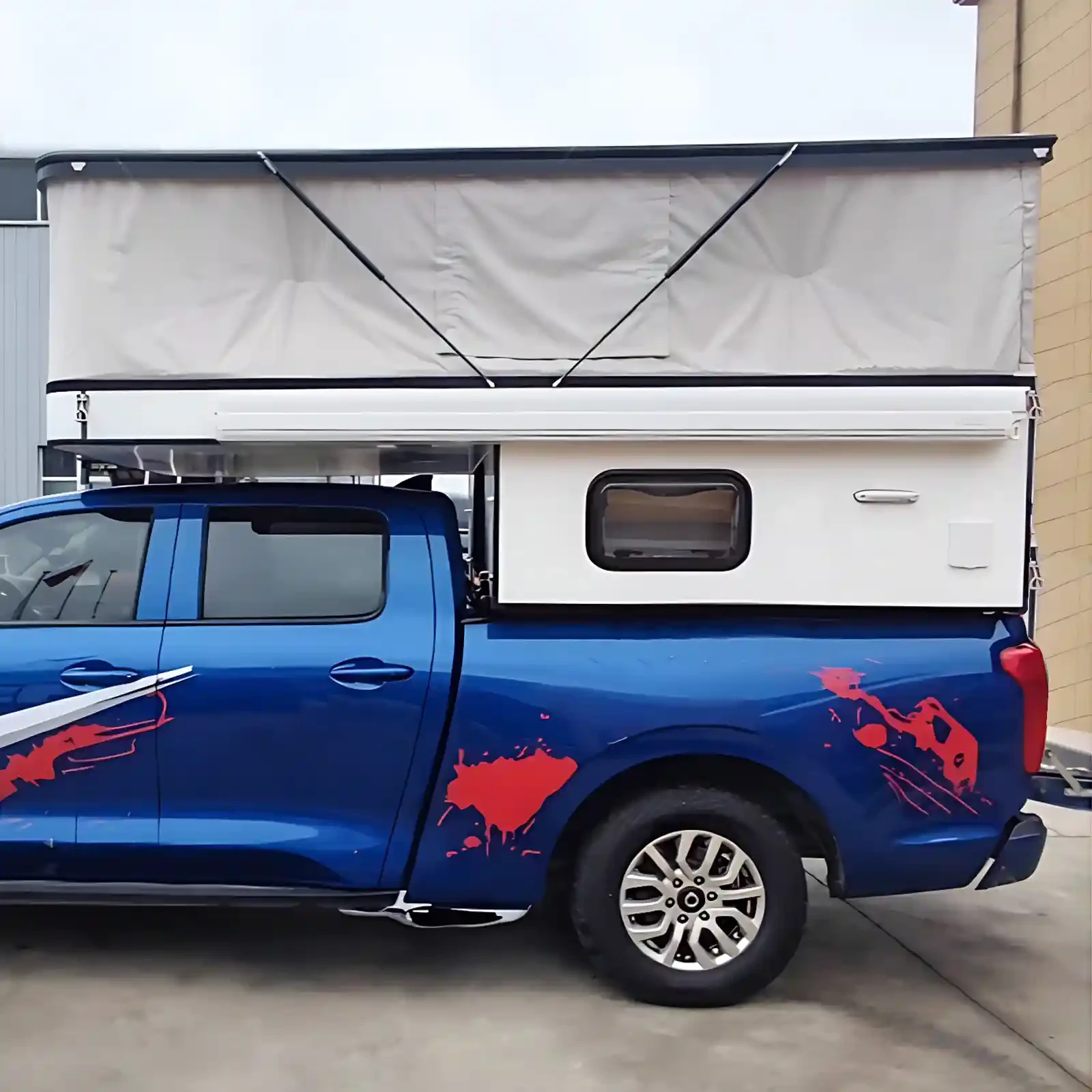In an era of pursuit of unique experiences, outdoor space capsules, as emerging accommodation or event spaces, are attracting significant attention for their design. The ideal outdoor space capsule's appearance should cleverly blend a sense of technology with the harmony of the outdoor landscape, showcasing the charm of modern technology while complementing the surrounding natural or cultural environment, offering users a unique experience.
Form design: inspired by science and technology and adapted to the landscape
Drawing on science fiction elements to create a unique form
Space capsule designs often draw inspiration from science fiction, using flowing curves and expressive lines to create a technological atmosphere. Many space capsules draw inspiration from the shape of spaceships, employing smooth, curved lines to outline the capsule, simulating the dynamic feel of a spacecraft traversing space. This design not only aligns with people's imaginations of space exploration, but its unique form also creates a strong visual impact. For example, some space capsules feature dome-shaped roofs, reminiscent of the cockpits of spaceships in science fiction films. Large expanses of transparent material combined with a metal frame create a sense of technology, allowing one to peer through the capsule into the cosmos.
Adjust the shape according to the outdoor environment
The design of the space capsule's form must fully consider the characteristics of the outdoor environment. In mountainous environments, space capsules can adopt an irregular shape, conforming to the undulating terrain and minimizing damage to the natural landscape. For example, the capsule can be designed to be tilted to match the slope of the hillside, providing both stability and natural integration. In coastal areas, space capsules can draw inspiration from natural elements such as waves and shells, adopting smooth, curved shapes that harmonize with the marine landscape. For example, space capsules at some coastal resorts are designed to resemble the opening and closing of shells. The semi-open capsule not only provides a wide view, but also complements the coastal environment in appearance, providing a unique experience for visitors.
Color application: the art of integrating technological texture with the environment
Selection and matching of technological colors
Cool colors like silver-gray and white are often used to project a sense of technology into space capsules. Silver-gray's metallic texture evokes advanced aerospace materials, highlighting the capsule's modernity and sophistication. White, on the other hand, creates a pure, futuristic impression, symbolizing the simplicity and efficiency of technology. Some high-end space capsules use silver-gray as their primary color, accentuated by subtle blue or green accents. Blue represents the depth of technology, while green symbolizes environmental protection and sustainability. This clever combination of colors creates a rich, layered, technological atmosphere.
Colors echo the outdoor landscape
Colors should complement the outdoor landscape. In forest environments, the capsule can feature a gradient of green, from dark green near the ground to light green near the sky. This emulates the color change from tree roots to canopy, allowing the capsule to blend naturally into the forest landscape. In desert areas, choose beige or sandy brown tones similar to the color of the dunes, making the capsule appear to have grown naturally out of the desert and less abrupt. In cultural landscapes such as urban parks, the capsule can adopt neutral colors that harmonize with the surrounding buildings, such as dark gray or off-white. This allows the capsule to maintain its technological identity while coexisting harmoniously with the urban environment.
Material selection: taking into account both functionality and visual effects
High-tech materials show advanced characteristics
Metal is the preferred material for embodying a sense of technology. Aluminum alloy, due to its lightweight, high-strength, and corrosion-resistant properties, is widely used in space capsule frame structures. Its metallic sheen gleams in the sun, enhancing the capsule's technological quality. Carbon fiber composites are also a common material, often used for capsule shells. They not only offer the advantages of high strength and low density, but their unique texture also highlights the sophistication of technological craftsmanship. For example, the shells of some high-end space capsules are made of carbon fiber, with a clearly visible carbon fiber texture on the surface, showcasing the ultimate technological appeal.
Adaptation of materials to outdoor environment
The choice of materials must take into account the impact of the outdoor environment. In humid coastal environments, seawater-corrosion-resistant stainless steel is selected to ensure the structural safety and service life of the capsule. In areas with strong winds and sand, the capsule surface is coated with a special coating material that resists wind and sand wear, protecting the capsule while maintaining the integrity of its appearance. At the same time, the use of glass is also crucial. In outdoor venues with beautiful landscapes, large areas of high-transmittance glass are used, allowing users to fully appreciate the surrounding scenery. At the same time, the transparent texture of the glass adds a sense of modern technology to the capsule, allowing the indoor and outdoor spaces to blend together and achieve a perfect integration with the outdoor landscape.
Detail design: improve the coordination of the overall design
Lighting design creates a fusion of technological atmosphere and landscape
Lighting is a crucial element in enhancing the capsule's technological appeal and balancing it with the surrounding landscape. Concealed LED light strips outline the capsule's exterior. When illuminated at night, the spacecraft appears as a mysterious aircraft suspended in the night sky, enhancing the sense of technology. The lighting color can be adapted to suit the environment and usage scenario. For example, on a romantic seaside evening, a soft blue or purple glow can be set to echo the moonlight and waves; during a lively holiday, a multicolored, twinkling light can be switched to create a joyful atmosphere. Inside, strategically placed lighting, such as bedside reading lights and floor-mounted footlights, not only meets functional requirements but also creates unique light and shadow effects through the windows at night, complementing the outdoor landscape.
Clever use of decorative elements
Decorative elements should reflect a sense of technology while harmonizing with the outdoor landscape. Laser etching or 3D printing can be used to create high-tech patterns on the capsule's surface, such as planetary tracks and cosmic symbols. These patterns not only enhance the technological atmosphere but also complement the outdoor starry sky theme. At the same time, appropriate natural elements can be incorporated into the capsule's decoration, such as inlaying small shells and pebbles on the capsule's surface. This creates a sense of technology while establishing a connection with the surrounding natural environment, achieving a harmonious unity between technology and nature.
The design of an outdoor space capsule requires careful consideration of form, color, material, and detail, balancing a sense of technology with the harmony of the outdoor landscape. Through careful design, an outdoor space capsule can not only serve as a space that meets people's needs for accommodation and activities, but also become a unique and harmonious landscape in the outdoor environment, providing people with an unforgettable experience.

 USD
USD
 GBP
GBP
 EUR
EUR
